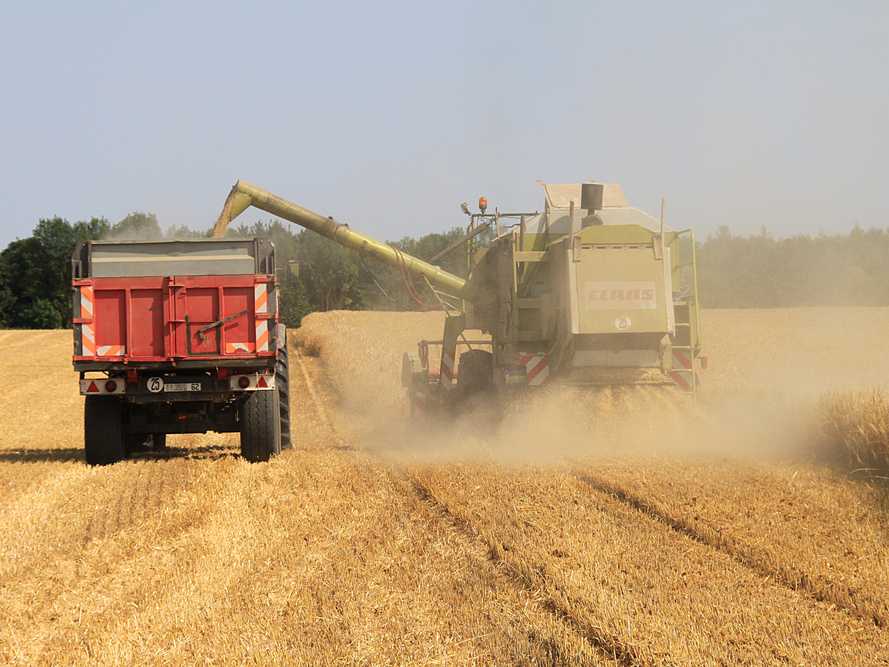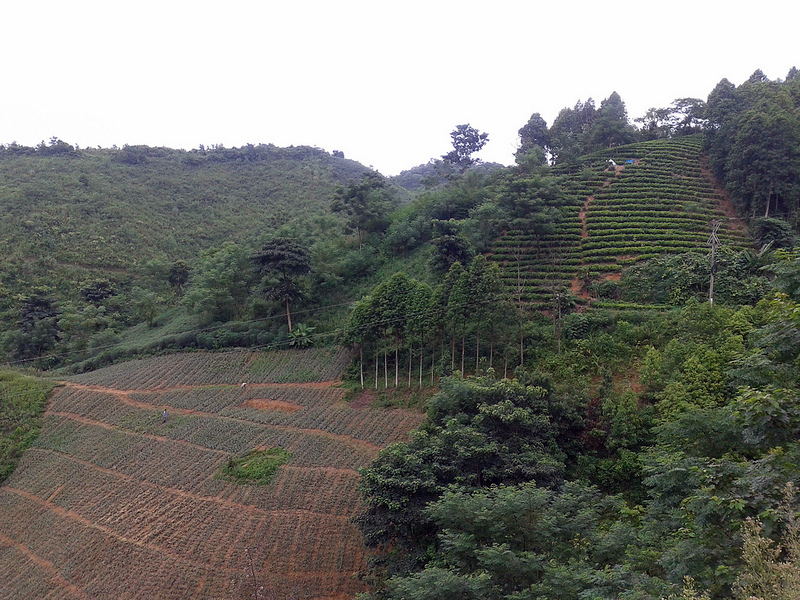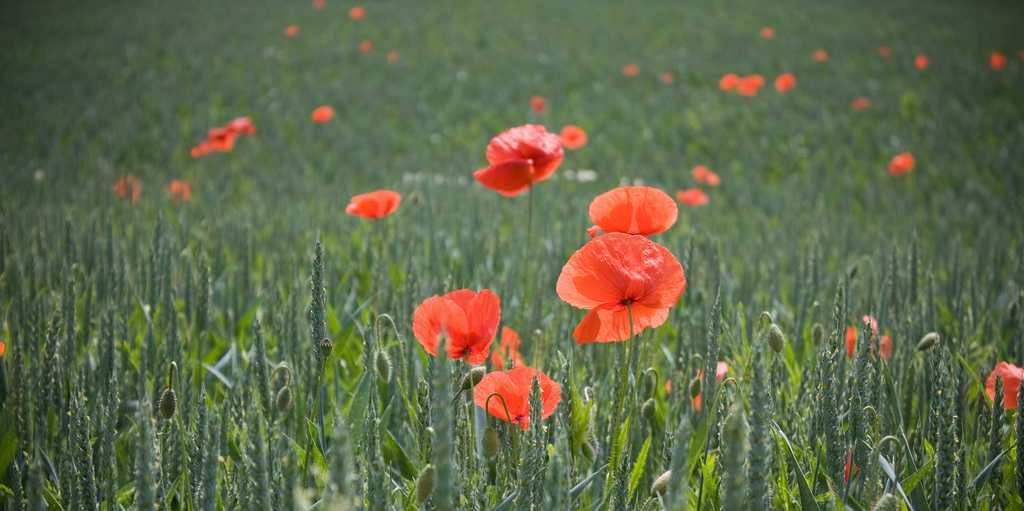Lessons from the wild
Humans’ relationship with land, especially with cultivable land, is a complex and ever-evolving one and any attempt to make it simple would make it trivial. At the very core of it is the radical modification of the biota by humans. In striving for a more sustainable agricultural system, we could learn a lot from natural ecosystems.
Nearly three decades ago, the American ecologist Aldo Leopold called for a land ethic[1], a more holistic view of land as an ecosystem of which humans are a part. Since then, not much seems to have changed in the way human societies perceive land. They still see themselves as conquerors, not members of the land ecosystem. One use of land in particular seems fated to nourish this self-perception: agriculture.
A long way to domestication
The first cases of humans modifying plants according to their needs lie far back in history. Wheat was not wheat 10,000 years ago, at least not the way we know it today. For one thing, it did what wild plants do to secure survival: it scattered its seeds. But the naturally useful brittleness of wild wheat, allowing the seeds to drop to the ground and germinate, did not suit human needs. Human selection favored a single-gene mutation that prevented the stalks from crumbling. Suddenly, what used to be a successful gene for the plant’s existence became a disadvantage, and the mutant became the successful survivor. Wheat seeds now ripened on the plant, conveniently waiting to be harvested.[2]
Nearly all edible plants underwent extensive breeding and thus became genetically different from their wild ancestors in ways that made them more useful and appealing for human consumption. In the beginning, people did this unconsciously, driven by what they liked to eat, and only later did they gradually become aware of and highly specialized in plant breeding.
The Green Revolution legacy

However, it was much later that massive interventions by humans changed the land on the ecosystem level. In the decades after the Second World War, the externe Seite Green Revolution shaped production models based on intensification and simplification.
The Green Revolution legacy included the increased use of synthetic nitrogen fertilizers. In today’s conventional farming, only a fraction of the large amount of added synthetic fertilizer can be taken up by plants, leading farmers to use more and more fertilizer to get smaller and smaller increases of crop yield. Excess nitrogen is released into the ecosystem: some of it enters the atmosphere in the form of greenhouse gases, some leaks into the water system causing a range of problems, from nitrates in drinking water to an imbalance of the aquatic ecosystem (externe Seite eutrophication) and ultimately dead zones in the oceans.
Ecosystems were simplified to single-crop cultures, i.e., monocultures, resulting in unstable systems vulnerable to pest attacks, disease, soil erosion and adverse weather conditions. Quick fixes to this high vulnerability were sought by developing pesticides that killed all but the one culture. Agriculture was now far from where it had originally come from, being treated as something apart from the land ecosystem.
Re-thinking our agricultural systems

In the process of re-thinking the way we grow food today, we could learn a lot from forest and grassland ecosystems where the wild ancestors of our wheat and barley originated prior to domestication. Organic farming and agroforestry movements, relying on a more holistic ecosystem view on agriculture, are recent attempts to bring back the biodiversity and the fertility of old-growth forest soils to our fields.
Bringing the right biology back to our soils will create healthy ecosystems able to use resources more efficiently with minimal human input. Under natural conditions, one of the most important nutrients for plant growth, nitrogen, is released in just the right amounts by bacteria which absorb it from the air and convert it into a form that plants can take up. In organic farming, leguminous crops and manure add nitrogen to the soil. This results in minimum leakage because the nitrogen is released slowly and is largely taken up again by living organisms.
The long-term Jena biodiversity experiment investigates how the use of resources in grassland ecosystems changes with species richness[3]. Data suggest that with increasing plant diversity, both above- and belowground resources such as light, water and nutrients are more efficiently used by plant communities than by monocultures. An explanation is thought to lie in the fact that communities of diverse species are able to occupy the space more efficiently, reaching different heights and growing roots exploring different depths. They thus often complement each other in their use of the available resources, performing better than the best monoculture.
As the natural trend of evolution diversifies the biota, a reasonable path towards more sustainable and resilient systems seems to be for agriculture to follow this trend. Learning from nature might turn out to be more profitable than attempting to subdue it. After all, the role of conqueror that humans adopted in relation to land draws on a simple principle; it is implicit in such a role that the conqueror knows what makes the community function, what and who is valuable, and what and who is worthless in community life. It always turns out that the conqueror knows neither, and this is why he eventually defeats himself[1].
Further information
[1] Aldo Leopold, 1987. externe Seite A Sand County Almanac
[2] Jared Diamond, 1997. externe Seite Guns, Germs, and Steel: The Fates of Human Societies.
[3] Roscher C et al: A functional trait-based approach to understand community assembly and diversity–productivity relationships over 7 years in experimental grasslands. Perspectives in Plant Ecology, Evolution and Systematics, 20 June 2013, DOI: externe Seite 10.1016/j.ppees.2013.02.004

Kommentare
Noch keine Kommentare